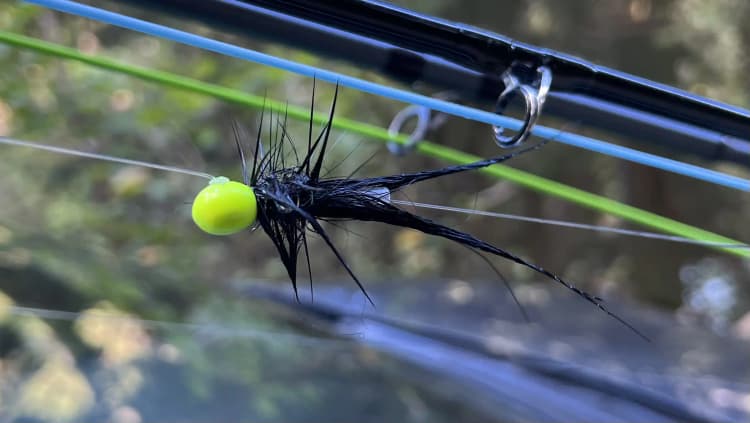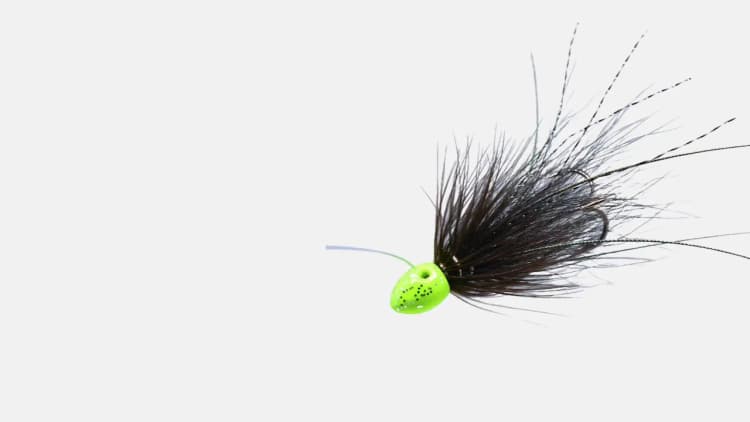Aaroy River
24th June 2024
Homing Behaviour of Atlantic Salmon
Share this post
Atlantic salmon undertake one of nature's most remarkable migrations. After years of maturing in the open ocean, navigating vast distances and surviving numerous threats, they return to the exact river where they were born, often locating the same gravel bed of their origin. This precise homing instinct is well-documented, particularly in a river like Aaroy River.
Scientists understand that salmon employ two key senses for navigation. While traversing the ocean, they use the Earth's magnetic field as a compass. As they approach their destination, their keen sense of smell becomes essential. Having imprinted on their home river's unique chemical signature as juveniles, they follow this scent back upstream.
Research confirms this behaviour's accuracy. A comprehensive study in the Aaroy River (2014-2018) by NORCE and NINA, involving tagging and genetic analysis, found over 90% of returning salmon were native to that river. Other studies (Sturlaugsson et al., 2009; Keefer & Caudill, 2014) corroborate this high fidelity, especially pronounced in smaller systems like the Aaroy. Environmental factors like temperature and river flow also influence the timing of their return.
This knowledge deepens the significance for anglers, highlighting the incredible journey each wild salmon has completed. It also underscores our responsibility. Pollution, dams, and habitat disturbance threaten this ancient cycle. Conservation measures, including catch and release and protecting spawning grounds, are vital to ensure these impressive fish continue their generational return for years to come. Witnessing a wild salmon's return is a powerful natural legacy worth preserving.
Scientific Sources
- Fiskebiologiske undersøkelser i Aaroy river i perioden 2014–2018 (NORCE, NINA)
- Sturlaugsson et al., ICES (2009)
- Keefer & Caudill (2014)


